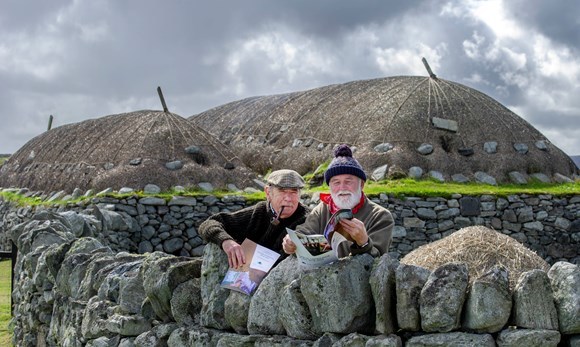Historic Environment Scotland (HES) is drafting in an army of Gaelic volunteers at tourist attractions across the north to promote the historic origins of the language in the north.
Gaelic speakers, and those with an interest in the language, are being invited to showcase bespoke tours for visitors at sites including Dunstaffnage Castle near Oban, Arnol Blackhouse on the Isle of Lewis and Urquhart Castle, near Inverness, to promote the historic origins of the language and its place in Scotland’s rich history.
The Gaelic volunteer programme is part of the organisation’s five-year Gaelic Language Plan.
Alex Paterson, Chief Executive of Historic Environment Scotland, said: “Gaelic is a distinct and unique part of Scotland’s history and culture which attracts visitors from all over the world, contributing significantly to Scotland’s economy. Currently, there is Gaelic interpretation at 29 of our sites throughout the country, from Glasgow to Aberdeenshire and the Isle of Lewis, which shows the extent of Gaelic’s influence on Scotland’s heritage and its relevance to our historic environment.
“Due to an increase in volunteers, we are currently developing and expanding our wider volunteer programme. These new opportunities at Dunstaffnage Castle and Arnol Blackhouse will help us continue to support volunteers across the country and empower communities and partners to engage with projects that promote the value of Gaelic culture to Scotland’s past and present.”
Cabinet Secretary for Culture, Tourism and External Affairs Fiona Hyslop added: “The Scottish Government welcomes the contribution HES is making to the promotion and use of Gaelic through its volunteer programme. The programme provides an excellent opportunity to add depth and knowledge to Scotland’s visitor experience, allowing locals and tourists alike to find out more about our precious Gaelic heritage.”










